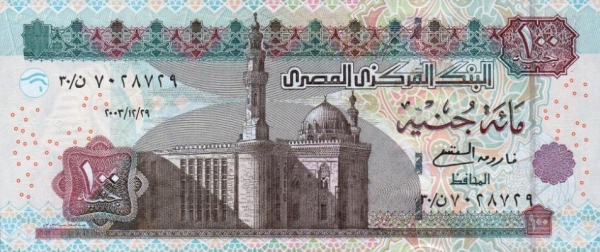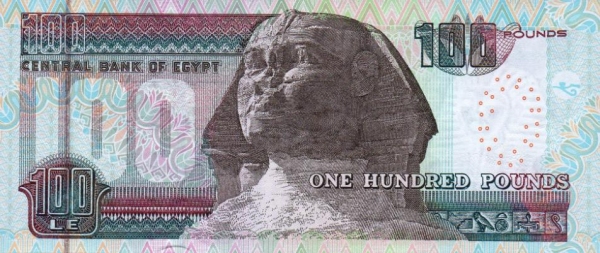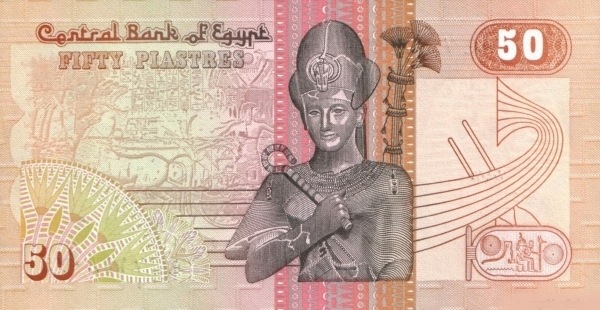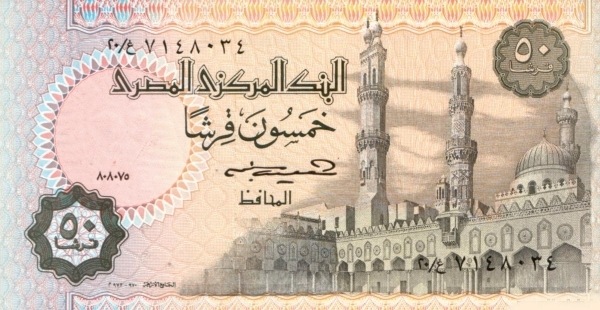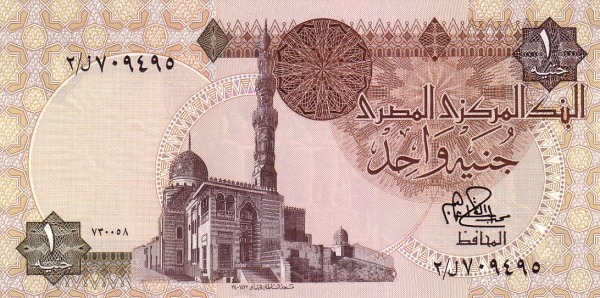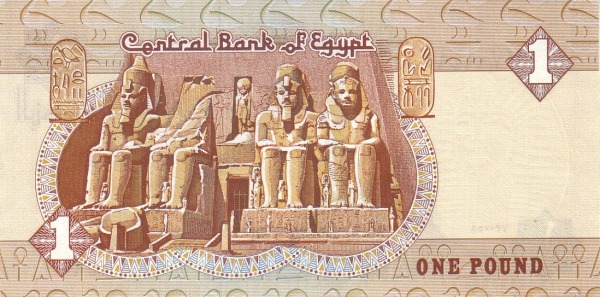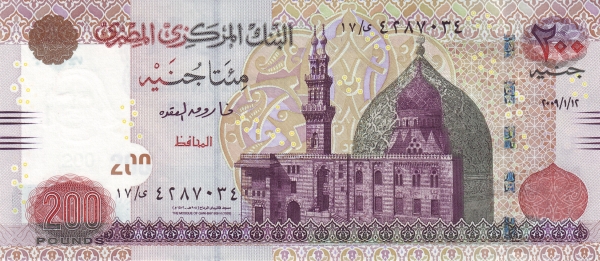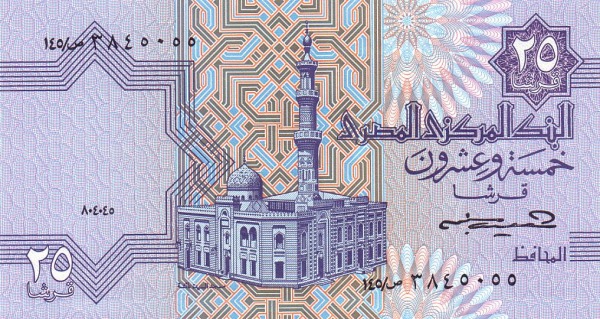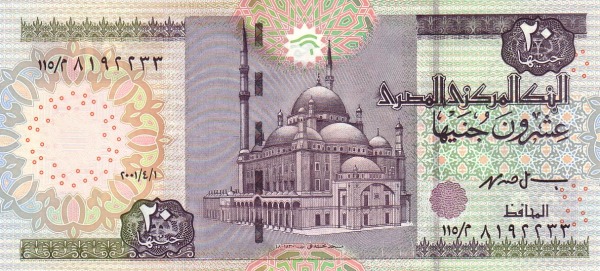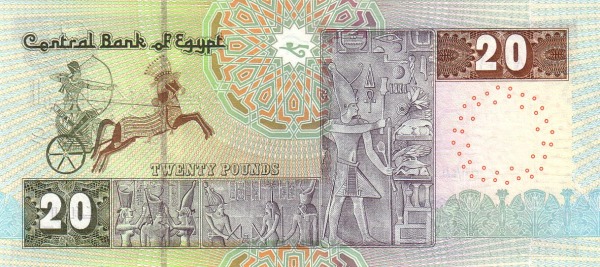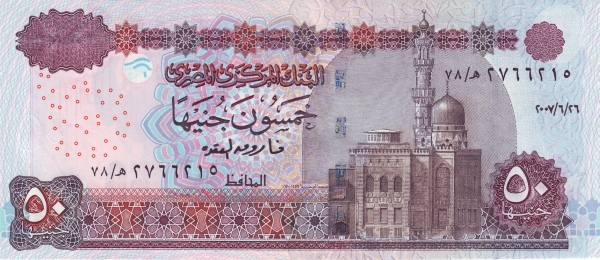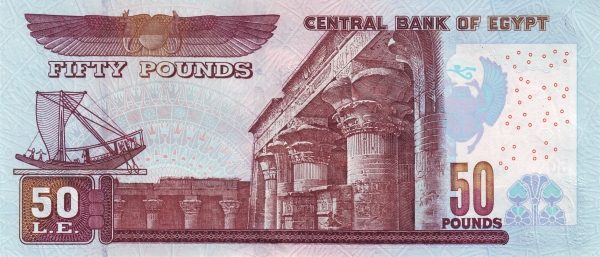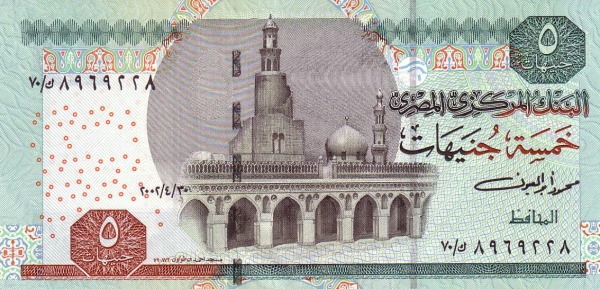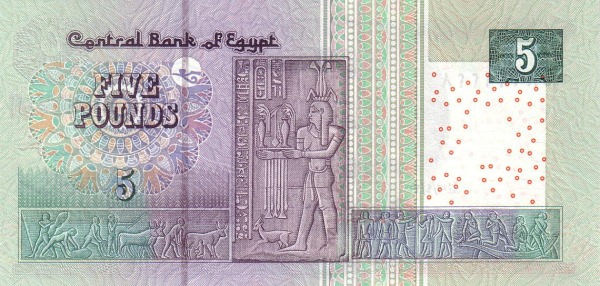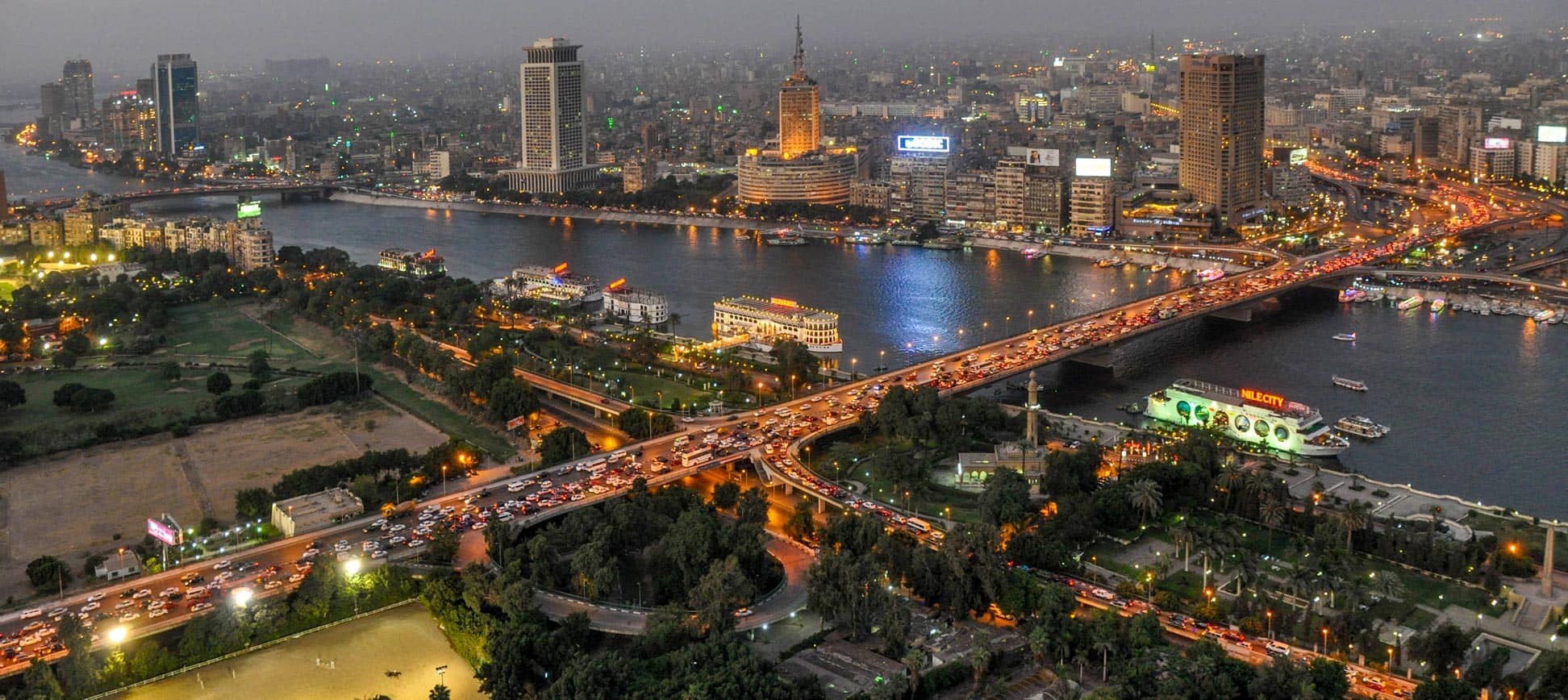Egypt: An Overview of an Ancient Land
Egypt, a captivating country located in northeastern Africa, invites exploration and discovery. This transcontinental nation shares borders with the Mediterranean Sea to the north, the Gulf of Suez and the Red Sea to the east. Egypt connects to Libya in the west, while the Palestinian territory (Gaza Strip) and Israel lie to the northeast. Furthermore, Sudan borders Egypt to the south. The geographic positioning of Egypt also allows it to share maritime boundaries with Cyprus, Turkey, Greece in the Mediterranean Sea, as well as Jordan and Saudi Arabia in the Red Sea. With such geographical diversity, Egypt offers a rich tapestry of history, culture, and natural wonders.
Historical Context of Egypt
The journey of Egypt stretches back thousands of years. Around 3100 B.C., under the leadership of a ruler recognized as Mena or Menes, Egypt unified into a powerful state. This unification led to the establishment of thirty pharaonic dynasties that categorized ancient Egyptian history into the Old and Middle Kingdoms, culminating in the New Empire. The awe-inspiring pyramids at Giza, built during the fourth dynasty, showcase the remarkable achievements of the pharaonic religion and state.
Over time, Egypt transitioned from being a colony to a sovereign nation. It gained nominal independence from the United Kingdom in 1922; however, Egypt truly secured its sovereignty after World War II. Notably, with the development of the Aswan High Dam in 1971, Lake Nasser emerged, profoundly affecting the traditional role of the Nile River in Egypt's agricultural and ecological landscape.
Geography and Population of Egypt
Occupying an area of approximately 1 million square kilometers, Egypt is nearly double the size of France and holds more than double the area of California. Strikingly, around 96-94% of this vast territory consists of desert, specifically the largely uninhabited regions of the Eastern Sahara. Consequently, the majority of Egypt's population, estimated at 106.5 million in 2024, gravitates towards the fertile alluvial plains of the Nile Valley, the Nile Delta, and the coastal zones along the Mediterranean Sea and the northern reaches of the Red Sea.
Due to its unique geographic and climatic conditions, only about 6 to 7% of Egypt's land supports living communities. The capital city, Cairo, stands as the most populous city in Egypt and the Arab world. The primary spoken language is Modern Standard Arabic, while the everyday vernacular takes shape as the Egyptian-Arabic dialect, known delicately as Masri.
The Religion Landscape of Egypt
Understanding the cultural composition of Egypt reveals its religious diversity. The country holds the largest Muslim population within the Arab world, with approximately 85-90% of Egyptians identifying as Sunni Muslims. Meanwhile, a notable 10-15% of the population consists of Coptic Christians, reflecting the historical Christian presence in the region. As the state religion, Islam profoundly influences various social aspects, functioning as a critical element of daily life in Egypt.
Socioeconomic Dynamics in Egypt
The demographic landscape presents challenges that influence Egypt's socioeconomic conditions. With one of the largest populations in the Arab world, constricted arable land alongside heavy reliance on the Nile River complicates resource management. Egypt has faced significant pressure on its resources, leading to governmental efforts focused on economic reform. This includes large-scale investments aimed at improving both communication and physical infrastructure.
Remarkably, Egypt's government has also faced social upheaval. In January 2011, a widespread protest movement emerged, targeting the long-standing Mubarak administration. Demonstrators sought the removal of President Mubarak from power, culminating in his ousting after a mere 18 days of protests during the event history now recognizes as the 2011 Egyptian Revolution.
Political Evolution in Egypt
Egypt's political landscape has undergone considerable upheaval, especially since the events of 2011. The transformation from a long-standing autocratic regime towards a more representative governance structure remains complex. Initially, after President Hosni Mubarak's removal, Mohammed Mursi assumed the presidency in 2012. However, his rule soon exhibited authoritarian tendencies, leading to his ousting in a military coup in 2013.
Consequently, military commander and former defense minister, Abd al-Fattah as-Sisi, has since presided over Egypt. In April 2019, constitutional amendments passed through a tightly controlled referendum further centralized power in President Sisi's hands, permitting his continuation in office until 2030. Thus, Egypt now operates within a semi-presidential system, though, in practice, it increasingly appears to function under military control.
Modern Challenges and Aspirations in Egypt
As Egypt continues to navigate its modern political landscape, socio-economic issues persist. A swiftly growing population alongside limited agricultural land continually strains available resources. The government has proactively sought to adapt and bolster the economy, pushing through reforms necessary to meet the demands of a modern nation. Investment in infrastructure presents a dual opportunity: it can both support immediate economic needs and drive long-term growth.
Conclusion: The Future of Egypt
In light of these circumstances, the future of Egypt lies frozen in the balance of culture, history, and modernity. The rich history and alluring culture resonate through the ages, guiding the Egyptian people as they face the complexities of today. While challenges abound, Egypt's resilience shines, reflecting a nation eager to embrace progress while honoring its illustrious past. This enduring journey continues to captivate the world, ensuring that Egypt will forever remain a vital, intriguing player on the global stage.
Largest cities of: Egypt
| City Name | Population | Year of foundation | |
| Cairo | 20,000,000 | 969 | |
| Alexandria | 5,000,000 | 331 B | |
| Giza | 3,000,000 | circa 2560 B | |
| Suez | 750,000 | 1850 B | |
| Port Said | 600,000 | 1859 | |
| Luxor | 500,000 | circa 1400 B | |
| Sharm El Sheikh | 350,000 | 1968 | |
| Aswan | 250,000 | circa 3000 B |
Egypt: Money
